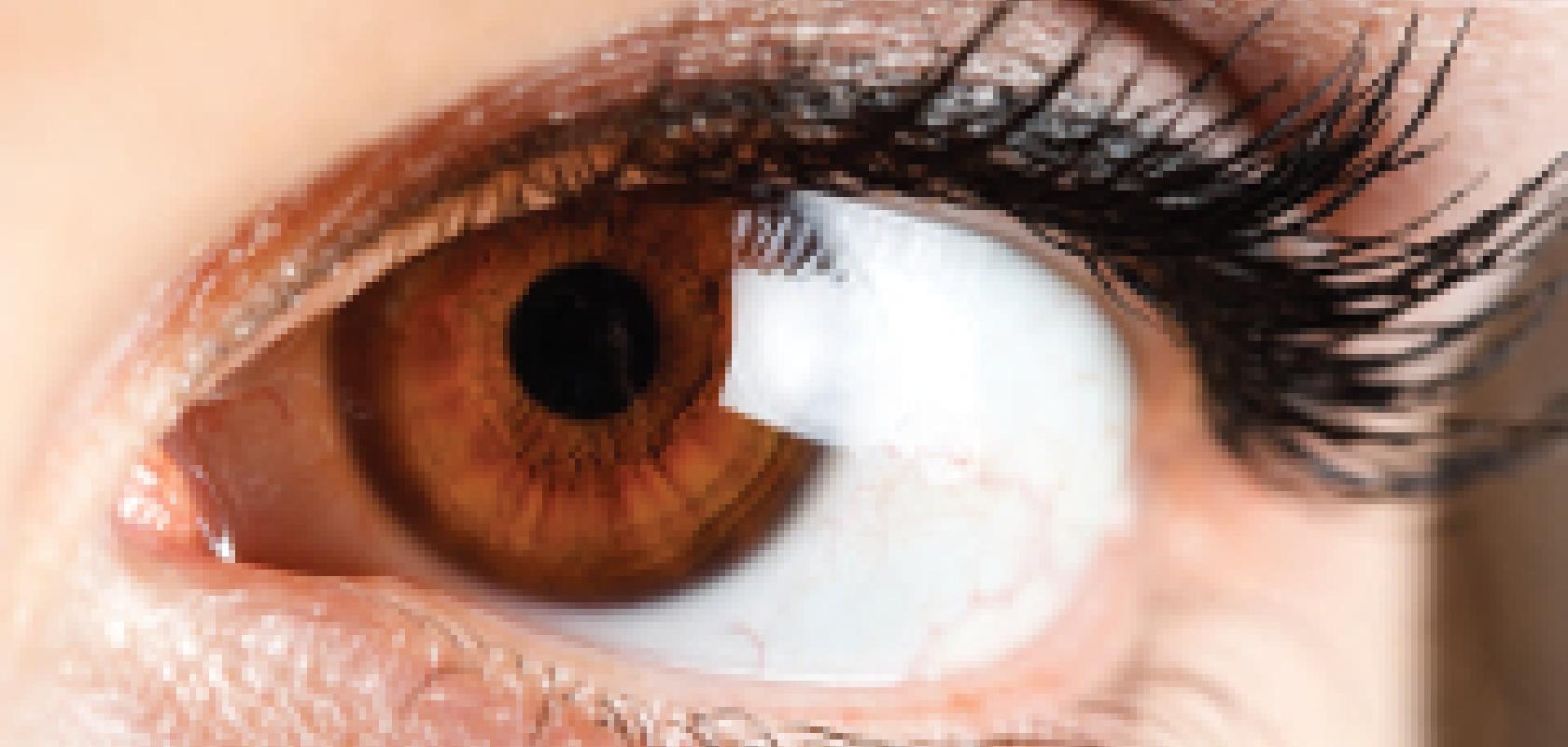Eyes may be the windows to the soul but they are also good indicators of disease and they suffer from a variety of conditions too, whether that is cataracts or macular degeneration – so a diagnosis tool for ophthalmology, the study and treatment of disorders and diseases is a key medical technology. That tool also has to be non-invasive because of the delicate structures of the eye, and photonics has been found to be the best solution.
One such solution is optical coherence tomography (OCT) as a data collection and guidance tool. OCT is an imaging technology that is described as the optical equivalent to ultrasound. OCT is now accepted as a clinical standard for diagnosing and monitoring the treatment of a number of retinal diseases. And OCT is used to guide lasers for ophthalmology. Ophthalmology employs OCT to provide a vast amount of information.
‘The area actively being researched and developed now is femtosecond lasers in cataract surgery, guided by OCT,’ says associate professor Daniel Palanker, who works in the department of ophthalmology at Stanford University’s school of medicine, and the Hansen Experimental Physics Laboratory. ‘These systems can now operate in every clinic and there is a lot of interest in their rapid development. Lasers should be delivered and focused and scanned in 3D and guided by OCT with micrometre precision.’
While OCT cannot penetrate as deeply into tissue as ultrasound, it is the higher resolution that can be combined with other optical techniques to give a vast amount of information. ‘There is more and more advanced hardware and this hardware generates gigabytes of data every second and we have been buried by this avalanche of data,’ says assistant professor Sina Farsiu. He works in Durham, North Carolina-based Duke University’s department of ophthalmology, in its school of medicine. He adds: ‘There is lots of work being done to automate it and people are doing signal processing to get these images’ biomarkers automated for the imaging modalities [such as OCT].’
All that data is generated by systems such as the Fourier-domain mode-locked laser. This laser was developed for use in swept-source OCT, where each sweep of the laser generates one depth scan. Unlike other swept sources that are currently on the market, the sweep rate of the FDML laser is only limited by the speed of the filter and not by fundamental laser physics. This has enabled users to achieve sweep repetition rates of up to 5MHz, more than 50 times faster than older instruments.
‘Photonics has made a real impact in ophthalmology for several reasons. One is optical coherence tomography, which is now becoming the main imaging modality for understanding diseases of the eye and for clinical use,’ explains Farsiu. ‘That system was invented in the early 1990s and commercialised in the mid-1990s. Spectral domain tomography has been running the show for clinical use since.’
Spectral domain tomography (SDOCT) is an interferometric technique that provides depth-resolved tissue structure information encoded in the magnitude and delay of the back-scattered light by spectral analysis of the interference fringe pattern. There are two approaches to SDOCT. One uses a broadband source and a spectrometer to measure the interference pattern as a function of wavelength. The other uses a narrowband tunable laser that is swept linearly across the tissue to be imaged.
The other important technology in scanning laser ophthalmology is adaptive optics. ‘Adaptive optics change the wavefront; it is very complex optics and it is pretty established in astronomy and is making its way into ophthalmology. You could say it is astronomical technology that has been miniaturised,’ Palanker explains. ‘These technologies allow you to image individual receptors in the eye,’ says Farsiu. ‘These are the hottest topics in ophthalmology today; seeing individual cells can give a better understanding.’ Adaptive optics also help to solve a problem with imaging the eye, aberration. This is caused naturally by the structures of the eye, such as the tear film. It’s this very same reason that people have astigmatism. ‘If there was no aberration in the eye clinicians could capture images early. But because of these aberrations the resolution of our system, whether it is either a scanning laser or OCT, the lateral resolution is fundamentally limited by the amount of aberration in the eye.’
Farsiu also referred to functional imaging. Adaptive optics with scanning lasers and OCT combined are delivering what Farsiu describes as a ‘sort of functional imaging mode’, and by functional he means ‘measuring images of the vasculature in the eye or the speed of blood in the eye, completely non-invasively’. Farsiu explains that it is these systems that are getting faster and faster and covering ever-larger areas of the eye at ever-higher resolutions and they are where all the data comes from.
Beyond the understood solid optics of a lens, liquid techniques are also being employed. Palanker says: ‘A liquid immersion is used; it is done to avoid corneal folding.’ A rigid surface if it came into contact with the cornea deforms it, ‘causing cornea folding distorting the beam’, adds Palanker. ‘It is not water, it is a saline or a gel – we published a paper about it couple of months ago, in the Journal of Cataract and Refractive Surgery.’
With this sort of technology, gone are the days where simple lenses and mirrors are required to meet the needs of ophthalmic devices. Instead, complex lenses such as aspherised achromats, and beam splitters are tailored for broadband non-polarised light, filters with optical densities beyond six, and off-axis parabolic metal mirrors are used. According to Edmund Optics, they are used in conjunction with one another to create extremely powerful imaging devices. The specific area in which which Edmund Optics has contributed to optics in ophthalmology, for consumers and researchers alike, is the variety of optical coatings on offer. These include anti-reflection, high damage threshold coatings, and superior metallic coatings.
Whether or not the ophthalmic technology of today with tomography and gels and lasers is more complicated than the eye is arguable, but one thing is sure it is intelligent design.


